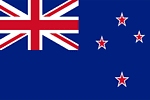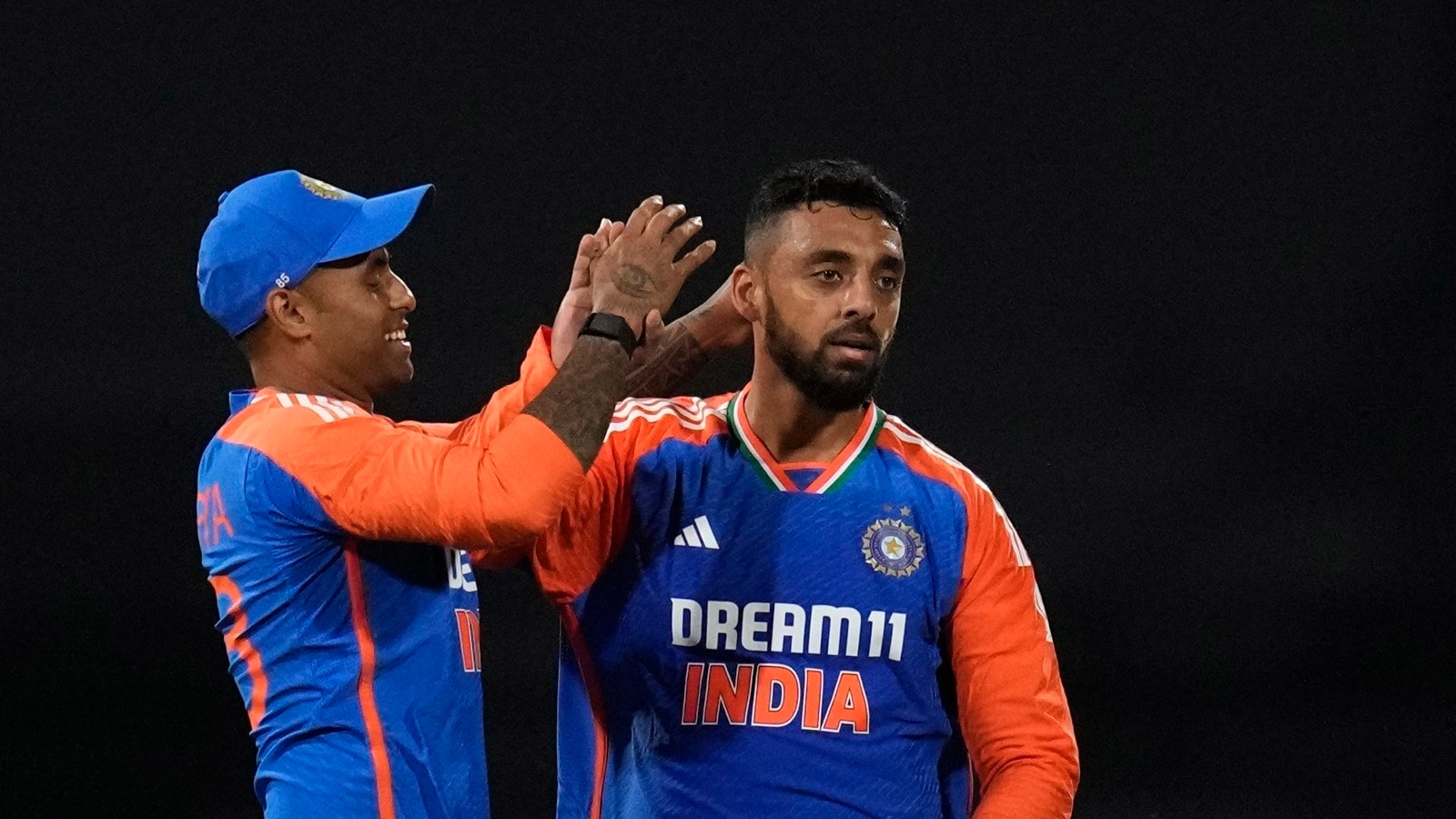Following the first T20I’s cancellation after just two deliveries a few days prior, all eyes were focused on the second match between Pakistan and New Zealand. After Pakistan gained the toss, Babar Azam decided to field first. After losing three wickets in the powerplay alone, New Zealand never really got going.
Though Pakistan was facing a subpar Kiwi team, one would have thought the latter would battle back more fiercely. But in 18.1 overs, the visitors blacked out for 90 runs, with not a single batsman able to score even 20 runs. The main culprits, taking six of the ten wickets while restricting the run rate, were the pace trio of Mohammad Amir (playing his first Twenty20 international after 3.5 years), Naseem Shah, and Shaheen Shah Afridi.
Even after left-armer Ben Lister, who had been tonked to deep backward square-leg for a boundary on the second ball of the chase, took a well-timed catch and bowled off opener Saim Ayub, the modest 91-run target was never going to be enough for New Zealand to defend going into the chase. With a beautiful square drive to the cover-point fence for a first-ball four, Mohammad Rizwan came out and immediately got into the act.
When Mohammad Rizwan , in his 92nd match, sliced a delivery bowled by Michael Bracewell, the captain of New Zealand, to point to collect his third boundary of the innings, he accomplished a historic milestone. Thanks to the boundary that made him famous in cricket history, he went from 16* (11) to 20* (12), defeating legendary players like Indian captain Virat Kohli and his close buddy Babar Azam to reach the 3000-run milestone in Twenty20 Internationals. Rizwan reached the milestone in two fewer innings (79), compared to 81 T20I innings for Kohli and Azam.




 Win Projections to be updated soon
Win Projections to be updated soon

























